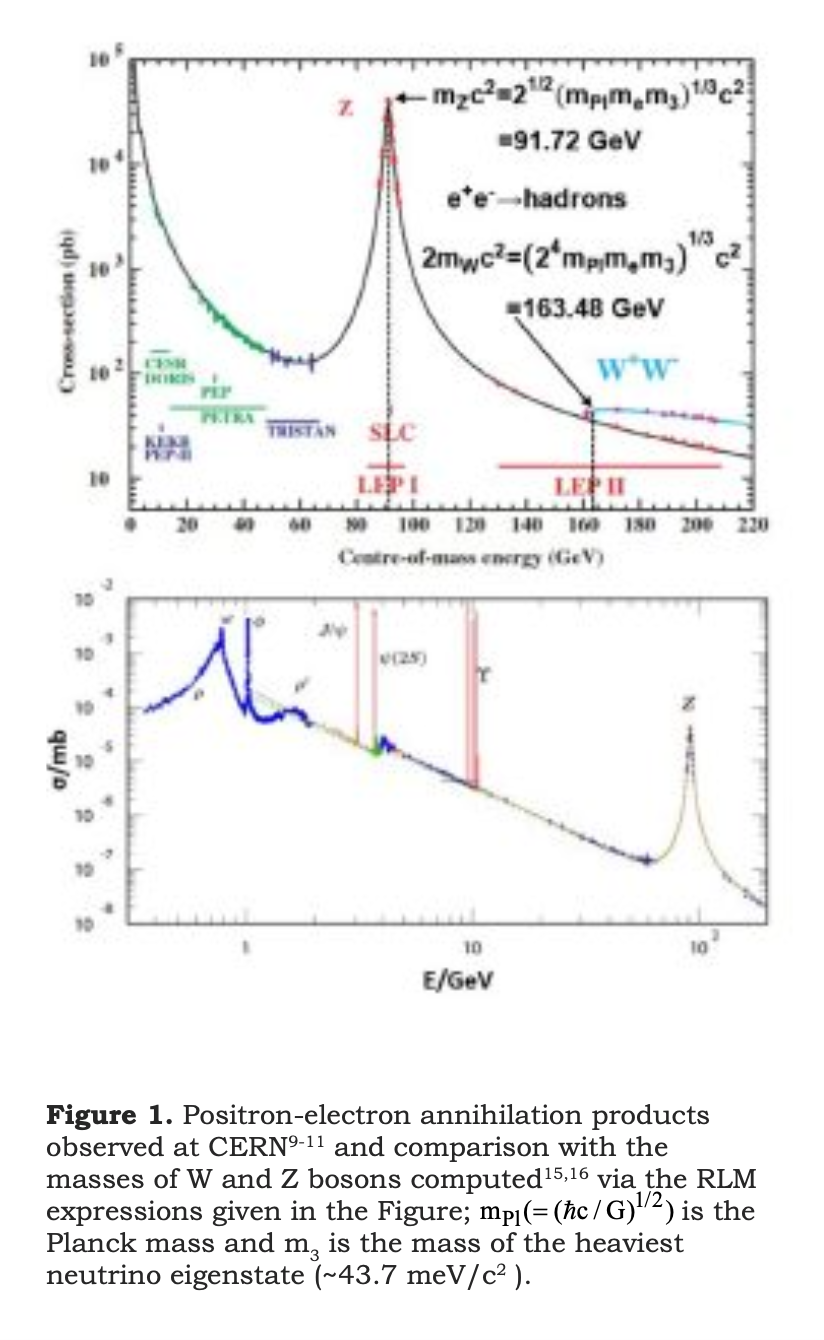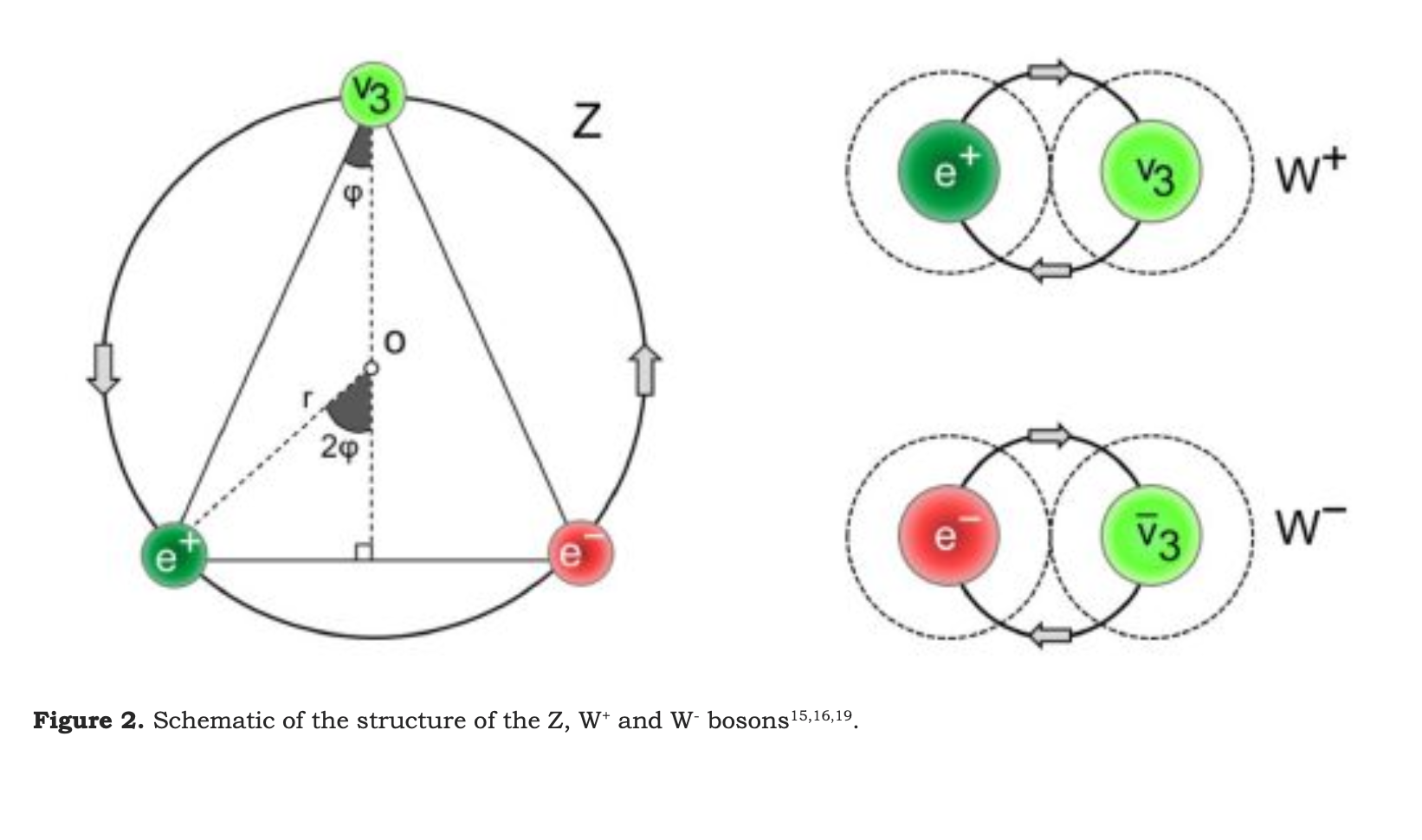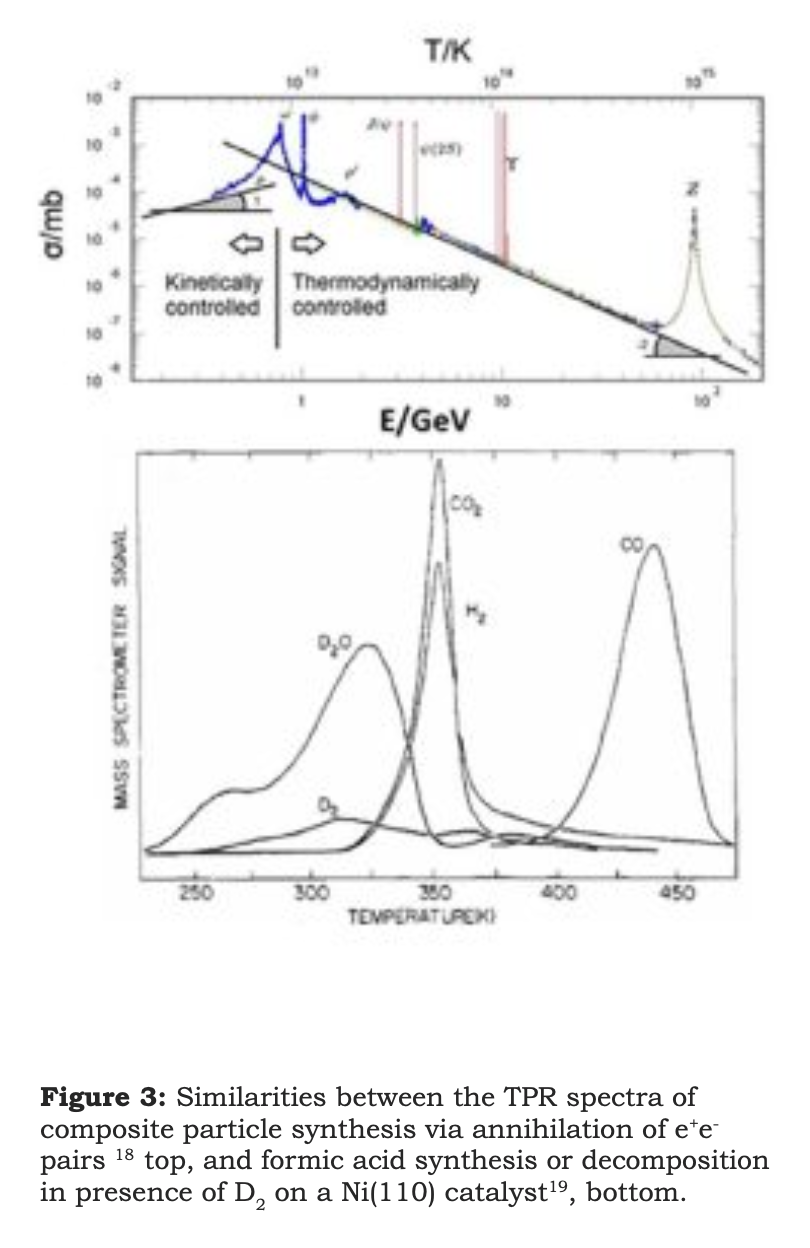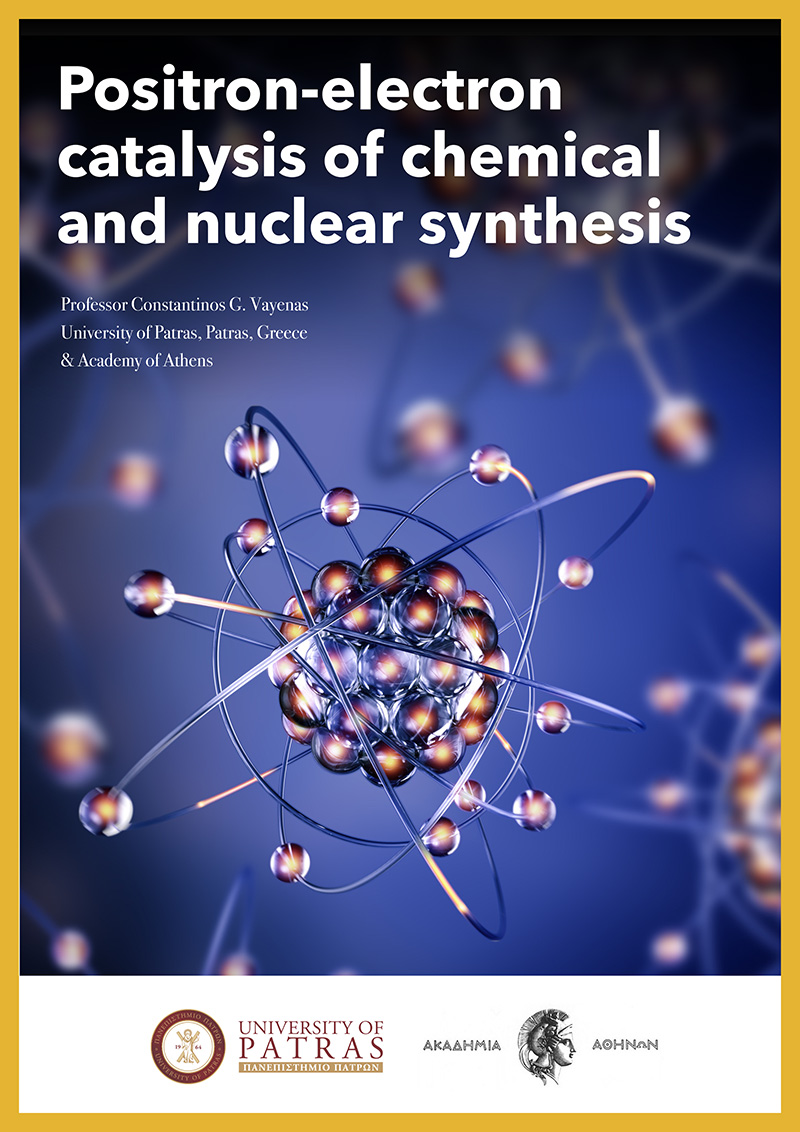Empower research careers, strengthen the European Research Area
The topics discussed here by Marc Lemaître, Director-General for Research and Innovation of the European Commission, are empowering research careers and reinforcing the European Research Area
Faced with a continuously changing global environment and confronted with environmental, health, defence and digital challenges, Europe deploys its research and innovation policies intending to achieve scientific progress and technological improvements for the benefit of people and our planet.
Strengthen the European Research Area
In all of these efforts, the European Research Area (ERA) plays a key role, working to create a dynamic and collaborative research ecosystem across Europe. Research, researchers and knowledge are meant to move freely in this area. This journey is not new.
First launched in 2000, the ERA was recently given a new impetus by the “Pact for Research and Innovation” and a new governance bringing together Member States and stakeholders. An ERA Policy Agenda for 2022-2024 was established, and clear actions and deliverables are now being implemented.
In July 2023, the European Commission proposed new comprehensive measures to strengthen the European Research Area. These measures are designed to support the foundations, quality, and impact of R&I systems within the EU, by putting research careers in Europe on a stronger footing.
The latter is one of the most essential actions in the ERA Policy Agenda 2022-2024. According to recent Eurostat data, the number of researchers is growing, reaching around 2 million in the Union. Most of them work in the business enterprise sector (56%) and the higher education sector (32%), followed by the government sector (11%).
It is essential to sustain this positive trend with adequate investments, infrastructures and policies at the national and Union level supporting the attractiveness of research careers, including diversity and gender equality, and to promote a culture of equal value and reward of research careers in all sectors of society.
EU research and innovation
It is also essential to address existing shortcomings that negatively affect the overall research and innovation system in the Union. Such weaknesses include employment and working conditions aspects, such as a different employee’s status of doctoral candidates across Member States.
Plus, frequent lack of open, transparent, and merit-based recruitment, precarity linked to short- term project-based contracts, unsatisfactory equal opportunities, work-life balance and well-being measures, and weaknesses of social protection tools, including difficulties with the portability of entitlements between sectors and Member States.
EU Research careers policy
Improving the attractiveness of research careers for all researchers in the Union is therefore crucial. Only joint action with Member States will allow Europe to position itself as an enticing destination for international talents.
Concretely, the Commission proposed a Council Recommendation establishing a European Framework for Research Careers to achieve this objective. In addition, the new ResearchComp website was launched to support researchers’ transversal skills and inter-sectoral careers.
The proposed Council Recommendation introduces a new Charter for Researchers, addressed to researchers, employers, funders and policymakers. This builds on the previous (2005) European Charter for Researchers and Code of Conduct for the Recruitment of Researchers, endorsing 1,444 organisations across Europe.
The new Charter has a streamlined structure with 20 updated principles focusing on four pillars: values, research assessment and recruitment, working conditions and careers. It is addressed to researchers, employers and funders in the public and private sectors. It will be a crucial instrument of the EU’s policy to boost attractive careers for researchers.
ResearchComp and other measures
ResearchComp is the first EU Competence Framework for Researchers and a European Year of Skills initiative. In line with the new ERA Communication and the European Skills Agenda adopted by the Commission in 2020, it will promote equipping researchers with a set of transversal skills necessary for careers in all sectors of society, including academia, businesses and industry, public administration, or the development of own start-ups.
The new website will support the development of adapted doctoral training and targeted training opportunities, including micro-credentials. It will also allow researchers to upskill where necessary.
Other measures are in the pipeline, supported by the Council Recommendation proposed in July. This includes the ERA Talent Platform as an online one-stop-shop for researchers acting as an entry point to many services; a Research and Innovation Careers Observatory to monitor careers with data and evidence; and an investment strategy to support organisational change, calling research and innovation labour market players to join forces for more attractive research careers.
A new era for European research?
The ERA sets the stage for a new era of European research, where innovation knows no boundaries and researchers thrive. It is an opportunity for collective progress, a chance to celebrate research, and a call to shape the future together.
For more information
- European research area (ERA)
- European Research Area Policy Agenda (2022-2024)
- ResearchComp
- Proposal for a Council Recommendation on a European Framework to attract and retain research, innovation and entrepreneurial talents in Europe
- European Charter for Researchers
Positron-electron catalysis of chemical and nuclear synthesis
The science of Catalysis has played a role of paramount importance during the previous century for the development of humankind, here we explore in detail the positron-electron catalysis of chemical and nuclear synthesis
Electrons, positrons, as well as protons have been known for decades to play a dominant role in catalytic1,2 and electrocatalytic3-7 chemical synthesis via electrostatic interactions with reactants, reaction intermediates and products. Of equal importance is the role of electron/positron catalysis in biology. Very recently, it was discovered8 that the pioneering positron-electron annihilation (PEA) studies at CERN during the last twenty years9-11 reveal that, surprisingly, positrons and electrons are also the catalysts for hadronic and nuclear synthesis.
The science of Catalysis has played a role of paramount importance during the previous century for the development of humankind. For example, the NH3 synthesis catalytic process of Haber and Bosch is estimated to have led to a sixfold growth of the human population. The development of catalytic converters has diminished dramatically the amount of pollutants emitted to the atmosphere from the combustion of fossil fuels.
Furthermore, electrochemical processes have been developed which produce chemicals which cannot be obtained from thermal catalysis and which promote the rate and selectivity of catalytic reactions.
The paramount role of electron-assisted catalytic in biological systems can hardly be overemphasized (e.g. electron transfer reactions).

It was thus a big surprise when it was realized recently that Gravity can also play a very important role in the Catalysis of Nuclear Synthesis.8 This discovery is intimately connected with the realization that neutrinos play a dominant role in our Universe. This at first may not be anticipated due to the extremely small mass of neutrinos which are a hundred billion (1011) times smaller than the masses of protons and neutrons.
The answer comes directly from the brilliancy of Albert Einstein and his Special Relativity (SR)12.13: Lighter particles, such as neutrinos, are the easiest to accelerate via gravity to enormous speeds, extremely close to the speed of light. According to SR, the masses of such super-relativistic neutrinos accelerated by electron or positrons increase dramatically and reach the range of proton and neutron masses. In this way mass is being generated! 8,13
Since electrons and positrons may or may not participate in the final product, they act as catalysts (in fact as “nuclear catalysts”.) 8

Electron-positron annihilation or Catalysis of Baryogenesis?
A first example which demonstrates the catalytic role of electrons and positrons in nuclear synthesis is shown in Figure 1, obtained at CERN during positron-electron annihilation (PEA) experiments. In these experiments positron and electrons are cofed in a “vacuum” chamber and production of a plethora of particles (Z boson, Y, J/ψ) is obtained.
Recent work has revealed the structure of Z bosons and has accurately computed their mass (91.72 GeV/c2)15 (Fig. 2): They comprise a rotating positron-electron-neutrino triad15 which rotates around its center of mass with relativistic speed.
Similar is the structure of the W boson (Fig. 2), which consists of a rotating electron-neutrino or positron-neutrino relativistic rotating pair. 16
Therefore the explanation for the formation of these two bosons at the CERN experiments is quite straightforward: Neutrinos (which are always present in any vacuum chamber) are attracted gravitationally by the cofed electrons and positrons, thus reaching ultrarelativistic speeds and obtaining enormous masses and thus forming the W and Z boson structures.
Figure 3 shows the similarities between nuclear (top) and chemical (bottom) catalysis.18,19 In chemistry, in low energies the desorption rate is kinetically controlled and increases exponentially with temperature according to the Arrhenius Law. On the other hand, at high energies (equivalently high temperatures) the rate is limited by thermodynamics, thus decreases with increasing temperature. One observes that both nuclear (top) and chemical (bottom) temperature-programmed processes exhibit the same “volcano-type behavior”.

In conclusion8 it is remarkable and philosophically interesting how electrons and positrons fortuitously combine these two very different catalytic properties which enable them to play a dominant role in our Universe both for forming hadrons and for forming chemical and biological products. Nature has provided a very efficient catalytic solution.


